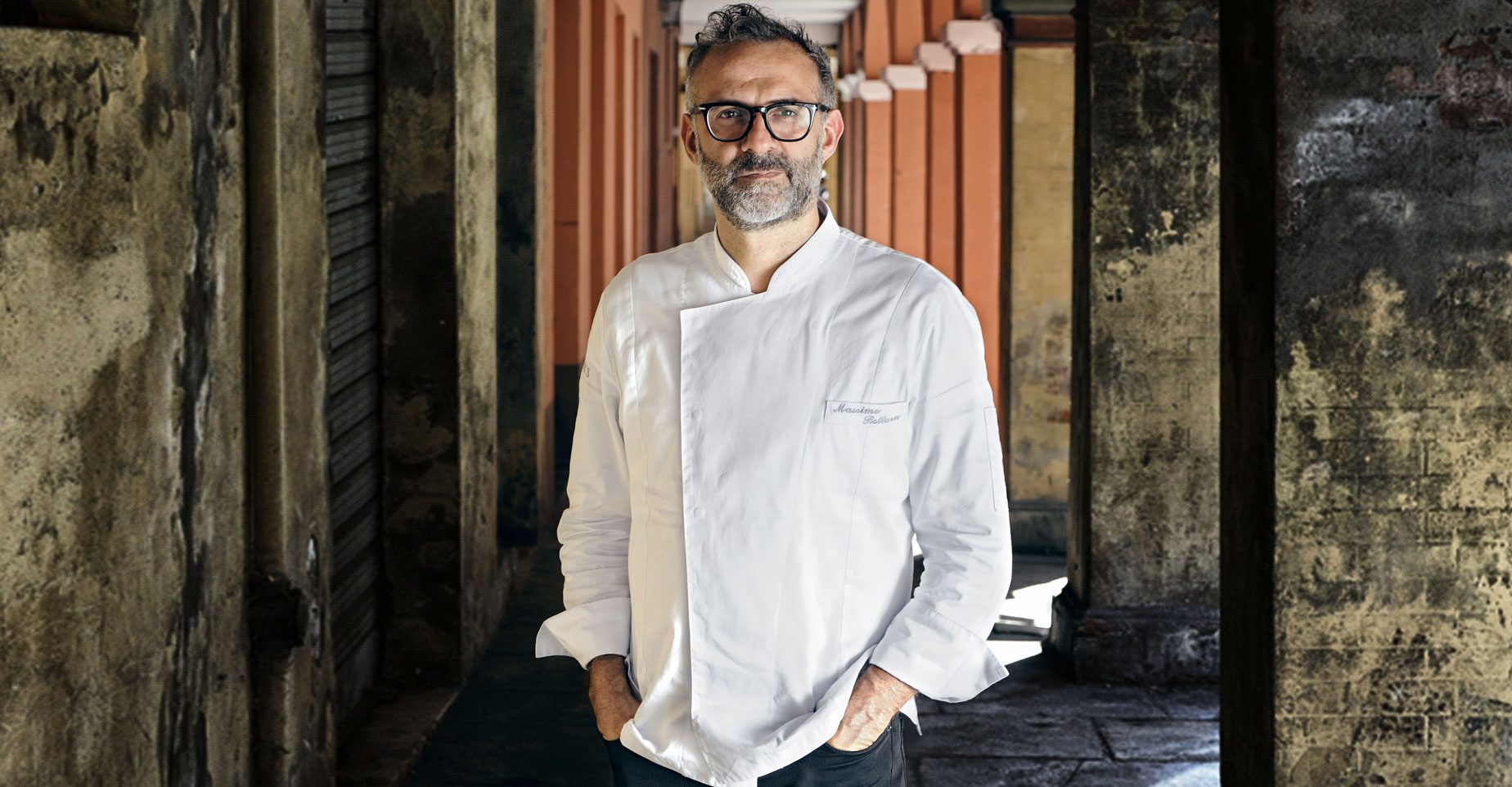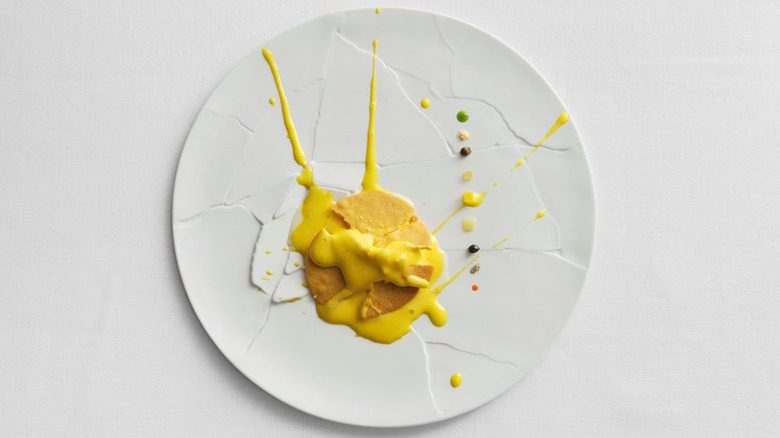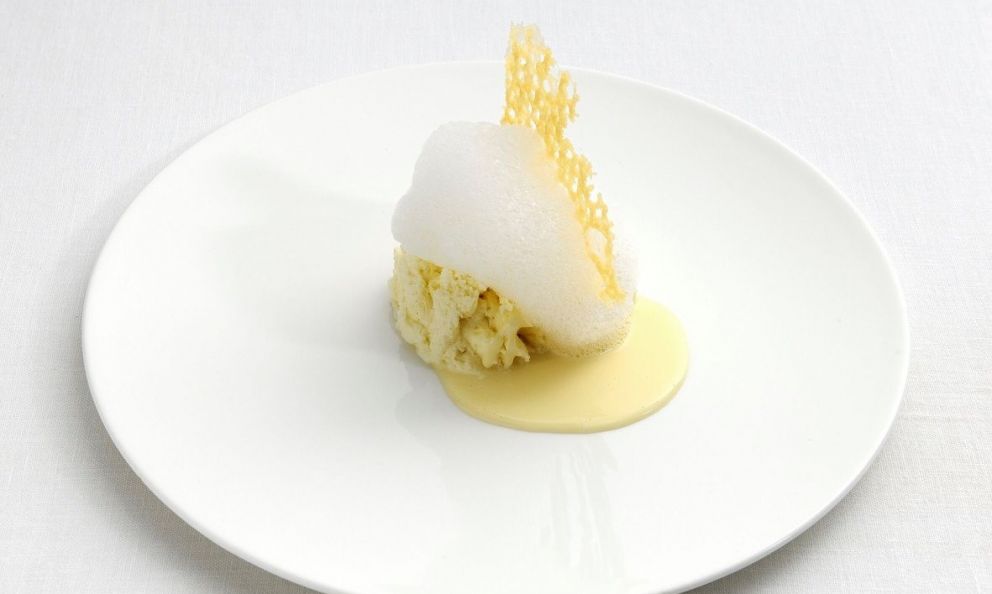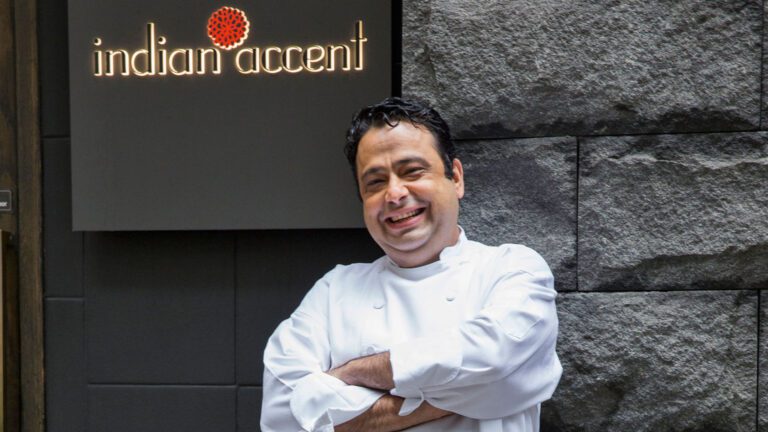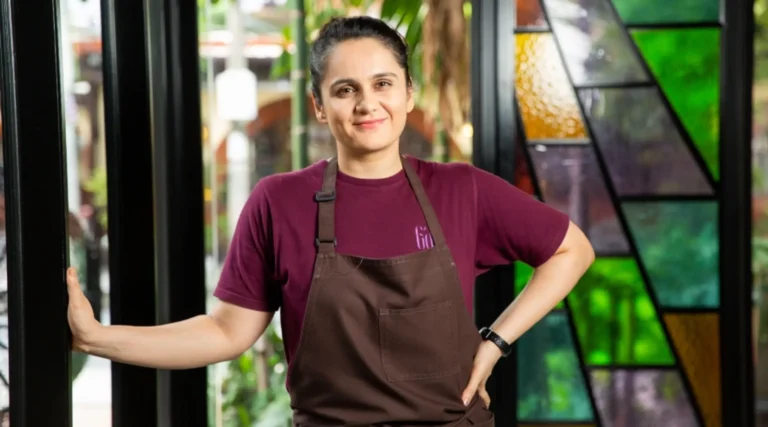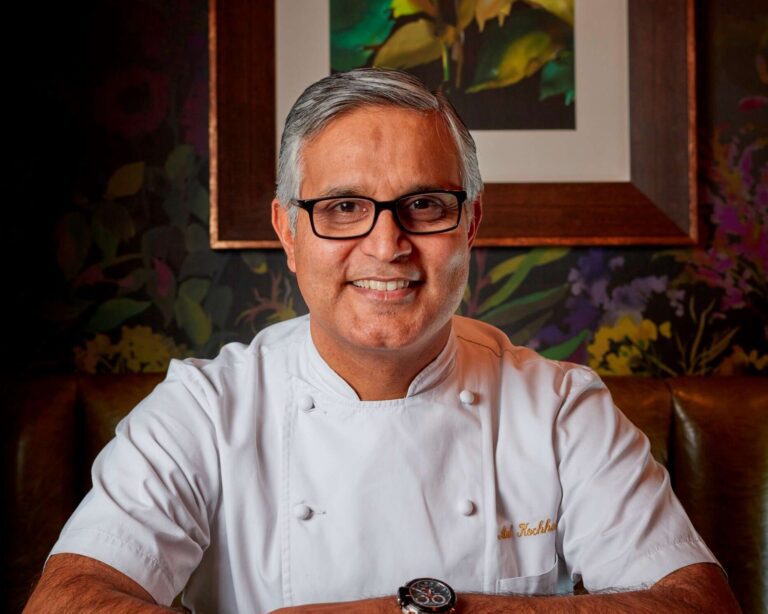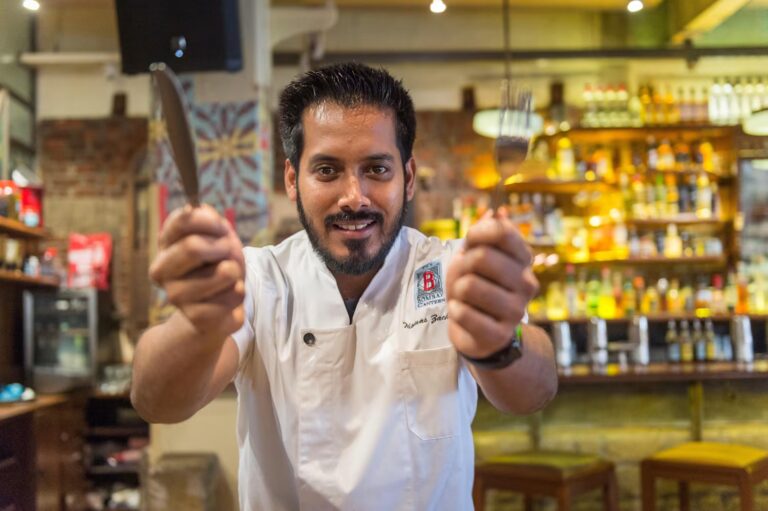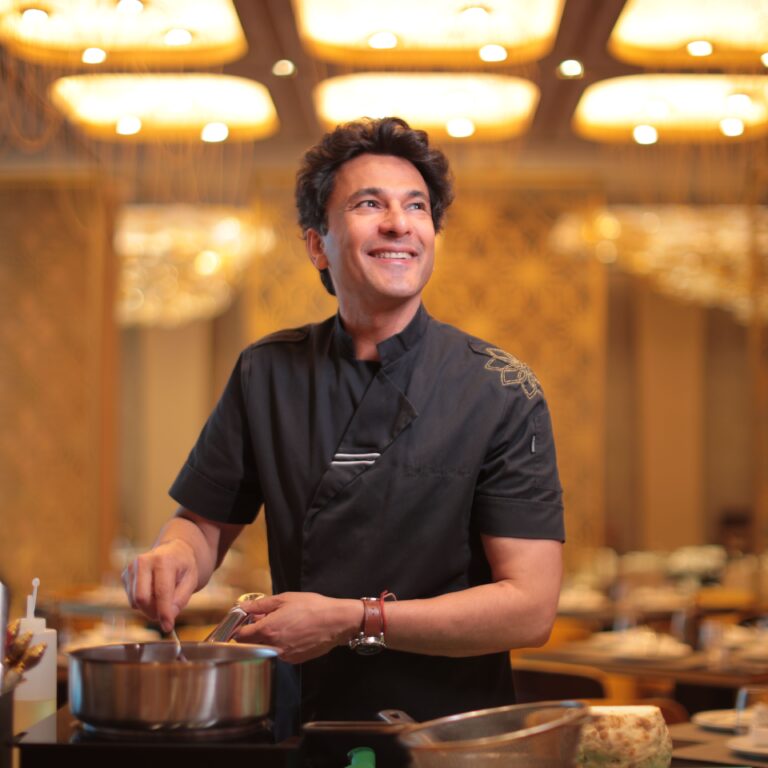One of the most creative forces in contemporary cuisine, Massimo Bottura has taken the soul of traditional Italian food and painted it on a canvas of innovation. Best known for his three-Michelin-starred restaurant Osteria Francescana in Modena, Italy, Bottura brings emotion, culture, and avant-garde thinking into every dish. From reviving regional recipes to fighting food waste globally, his journey is not just about food; it’s a movement.
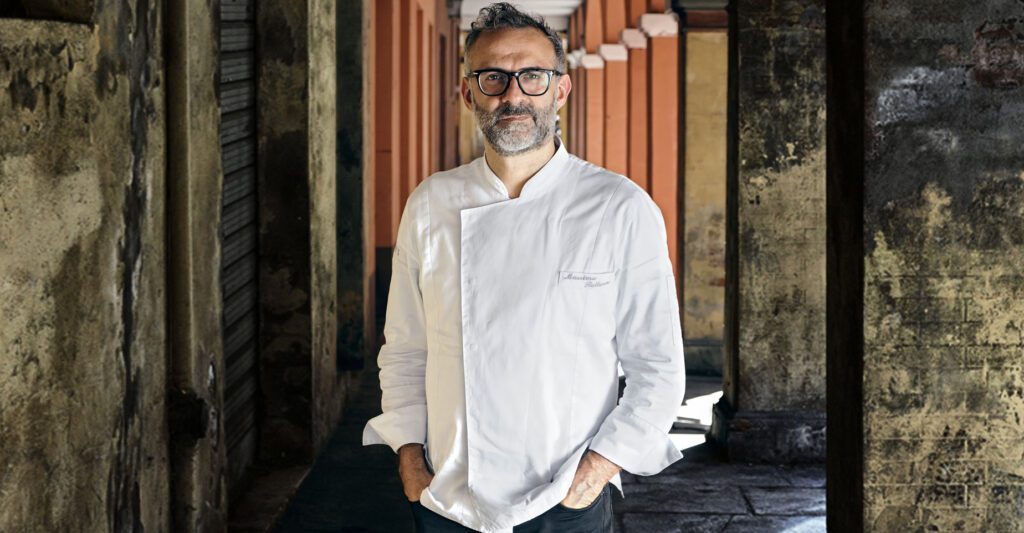
The Journey
Born in 1962 in Modena, a city deeply rooted in food traditions, Massimo Bottura grew up surrounded by the aromas of ragù and aged Parmigiano. He began his culinary career in the late ’80s, eventually training under culinary legends like Alain Ducasse and Ferran Adrià. In 1995, he opened Osteria Francescana, where he dared to deconstruct and reimagine the flavours of his homeland. After years of polarising reviews, the world caught up to his genius. His restaurant has since been named the World’s Best Restaurant multiple times, and Bottura has become a symbol of Italian culinary reinvention.
Culinary Philosophy and Vision
Massimo’s food philosophy is both poetic and practical. He respects tradition but refuses to be confined by it. “Tradition in evolution” is his mantra; he believes in preserving memories while adding contemporary meaning to them. His dishes often tell a story, blending nostalgia, culture, and modern art. Whether he’s reconstructing lasagna into a single crisp bite or serving a broken lemon tart as a metaphor, his food is layered with emotion and intellect. He is also the founder of Food for Soul, a non-profit that combats food waste and social isolation through community kitchens.
Awards, Recognition & Media
- Three Michelin Stars for Osteria Francescana
- World’s Best Restaurant (2016, 2018) – The World’s 50 Best Restaurants
- UN Goodwill Ambassador for the Environment (2020)
- Chef’s Table Season 1 Feature on Netflix
- Featured in TIME’s 100 Most Influential People (2019)
- Food for Soul is recognised globally for social gastronomy
References
- Osteria Francescana Official Website
- Netflix’s Chef’s Table (Season 1, Episode 1)
- TIME Magazine, World’s 50 Best Restaurants Archive
- Interviews from The Guardian, Fine Dining Lovers, and GQ Italy
- Food for Soul Foundation

